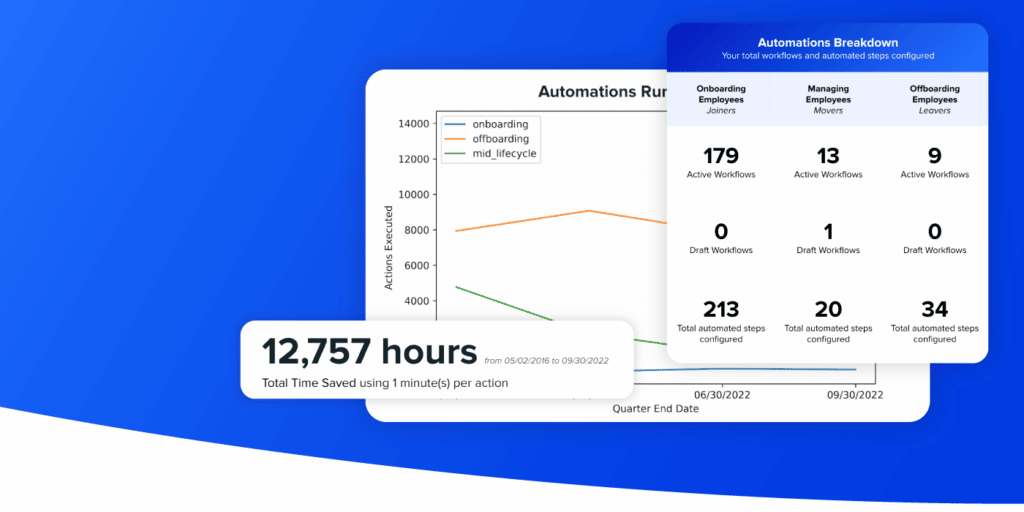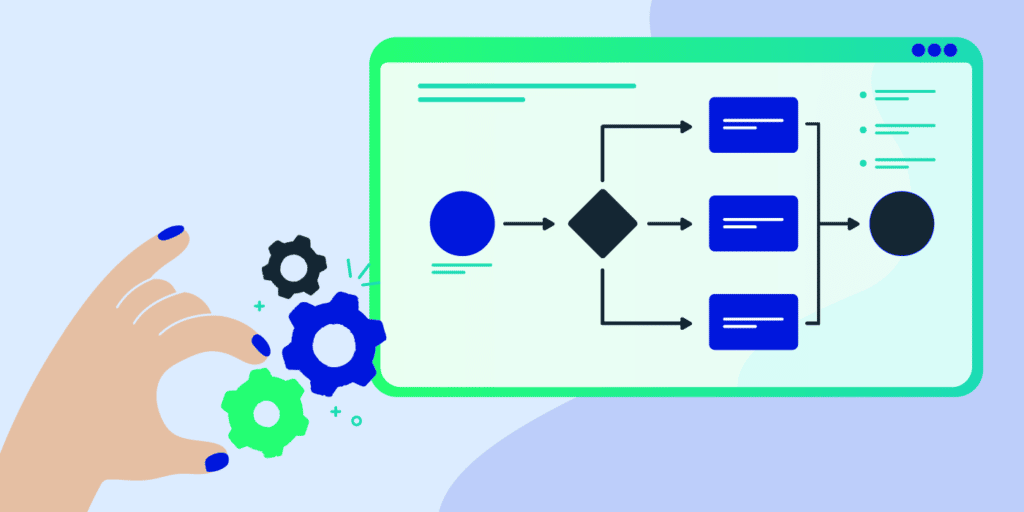The dream of remote work is here to stay: 3 common IT pitfalls to avoid in a world of SaaS
July 1, 2020
3 minute read

Today, the dream of remote work has become a reality. A return to “business as usual” is highly unlikely for many companies. In fact, several large enterprises announced permanent extensions of work from home (WFH) early in the pandemic.
For example:
- Twitter will allow employees to continue working from home “forever” if they choose.
- Shopify CEO Tobi Lutke tweeted, “We will keep our offices closed until 2021… after that, most will permanently work remotely. Office centricity is over.”
- Box CEO Aaron Levie wrote that the company’s nearly 2,000 employees are free to work “from anywhere” until at least the end of 2020.
Whatever type of policy your organization settles on, it’s very likely that a portion of your staff will work remotely in some capacity from now on. Securely enabling remote work is part of “the new normal” and a key component of IT business enablement.
But as time and budgets are reduced and SaaS apps proliferate across the org, pitfalls can multiply. Important tasks can be neglected or delayed, resulting in increased risks to the organization. We’ll walk you through the common slippery slopes and show you the path for avoiding painful plummets down the cliffs.
Following are three common pitfalls to avoid, increasing both risks and costs for organizations.
1. Inadequate offboarding
When your digital workplace consists of dozens or hundreds of SaaS applications, each departing employee must be offboarded from every single one.
It should take just minutes, not hours or days for IT to revoke access to applications as soon as an employee exits. But beyond revoking access, there are dozens of other offboarding steps needed to protect data and keep the business running smoothly. For example, what about:
- Transferring that user’s files to their manager?
- Disconnecting third-party apps from their account?
- Removing, locking, and/or wiping their devices?
- Turning off automatic email forwarding?
- Setting up an email autoresponder, so emails don’t sit in an unmonitored inbox?
- Releasing Calendar resources?
- Recouping their app licenses?
The result is often hours of tedious, repetitive work. One BetterCloud customer originally had an offboarding process consisting of 72 clicks in eight different apps, requiring one full-time person solely for on- and off-boarding.
An ex-employee with bad intentions can wreak havoc on purpose. An ex-employee with good intentions can wreak havoc by accident. Either way, offboarding should be done in a timely (i.e., immediate) fashion.
If ex-employees retain access to sensitive data and SaaS applications long past their last day, it leaves organizations vulnerable to data leaks and insider threats. But by automating the entire offboarding process, IT teams can save time, reduce human error, and bolster security.
2. Relaxing at home (blurring the line between work and personal)
Employees are striving to remain productive at home while also relaxing in various ways. There’s no shortage of memes about the lack of professional business attire and even the decline of personal grooming. A comic from The Oatmeal even covered it years ago.
As we relax in our sweats and the division between work and home life vanishes, it’s likely the two will merge digitally as well. Such merging could take the form of sharing company files with personal accounts or forwarding company email to personal accounts.
We ran an analysis of our customers’ environments and found that from March 14 to April 7, 2020, over 50% of our customers had an increase in employees enabling email forwarding from their work account to another account as compared to the three weeks prior.
This amounted to a 24.7% increase in the number of employees forwarding their work email. With the recent shift to remote work, it’s possible that users are using their personal devices for work, and may feel inclined to forward their email in order to have one streamlined inbox. While this behavior can be completely innocuous, it can jeopardize your data and put your company at risk of compliance violations.
3. Inadequate visibility into app usage and spend
Because SaaS solutions are so easy to procure, it means shadow IT is rampant in many organizations. In fact, IBM recently found that one out of three employees at Fortune 1000 companies regularly use SaaS apps that haven’t been explicitly approved by internal IT departments.
But you can’t protect what you can’t see. Without visibility into which apps are being used, how they’re being used, or who’s using them, IT can’t make informed decisions about the way data should be accessed.
Additionally, with SaaS, you pay whether you use the licenses or not. Another onus that falls on IT is to monitor use and ensure coordination between licenses paid for and those needed. The ease of procurement with SaaS apps makes it difficult for IT to understand where funds are allocated, if licenses are being used, and where you may have redundancies in apps.
With the dozens or hundreds of applications in the digital workplace, maintaining full visibility over time can be virtually impossible. And without visibility into unused licenses, organizations could be wasting tens of thousands of dollars every year.
SaaS IT administrators must be able to rightsize software spending. To do so, it requires the ability to track licensing and usage, as well as recoup the costs associated with underutilized licenses.






